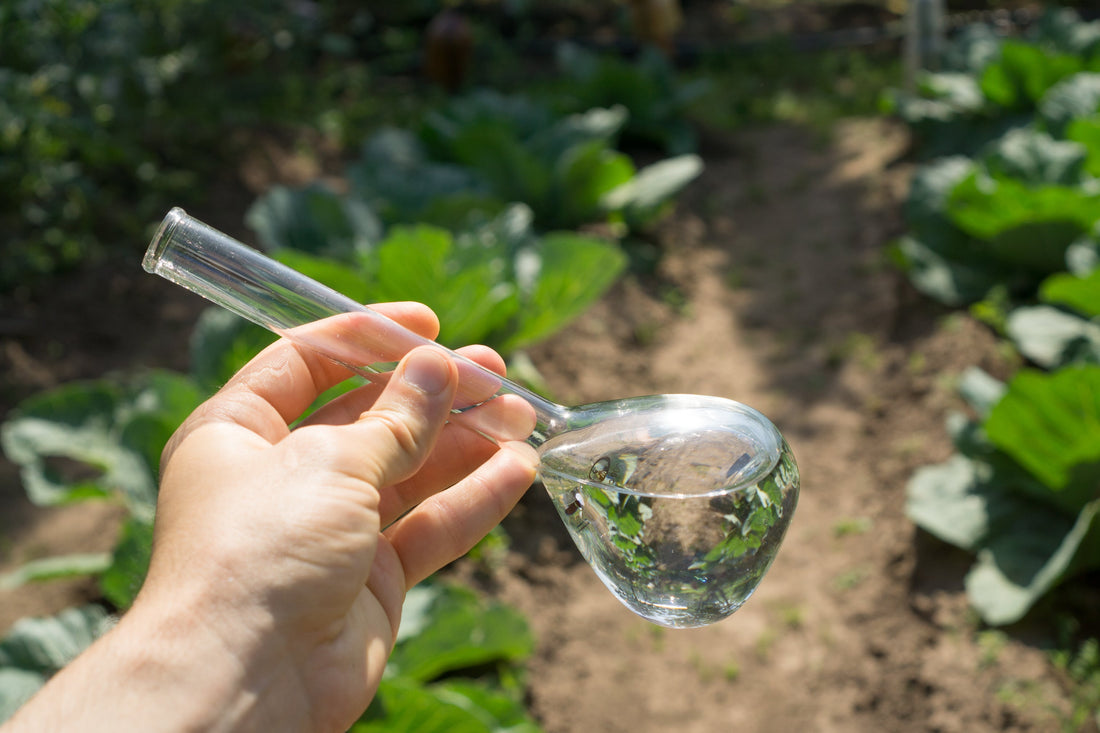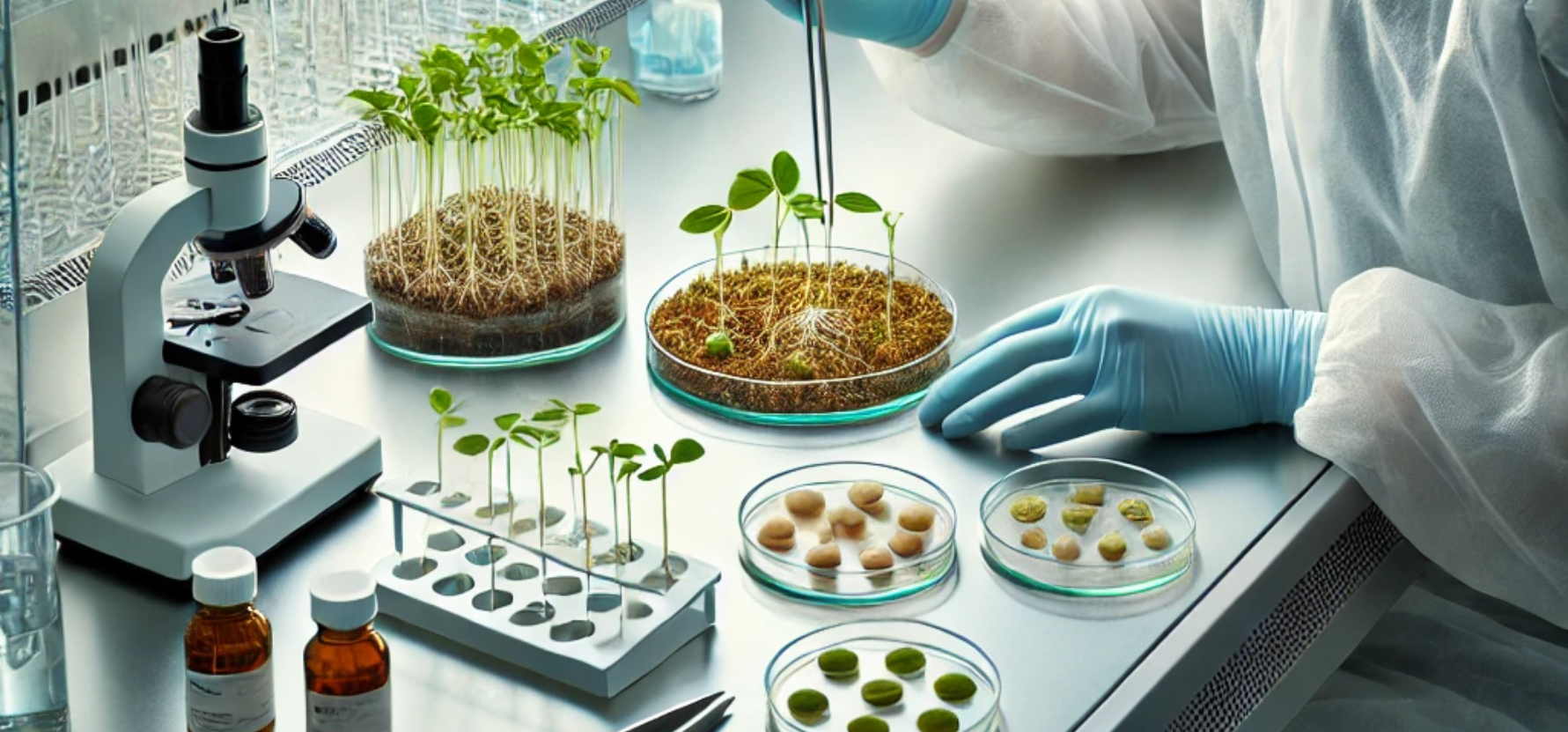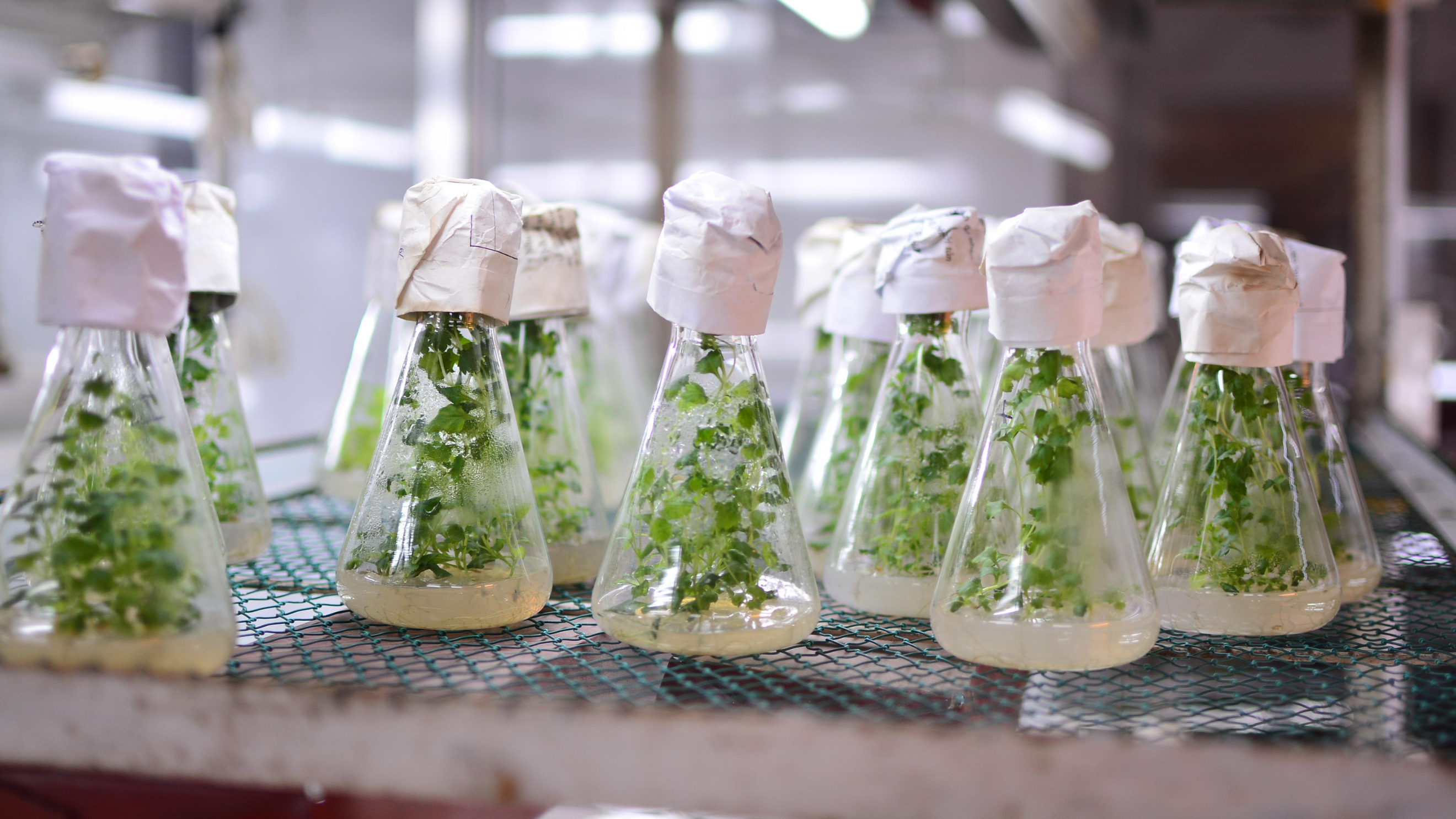
How to Solve Plant Contamination (Tissue Culture)
As a content and community manager, I leverage my expertise in plant biotechnology, passion for tissue culture, and writing skills to create compelling articles, simplifying intricate scientific concepts, and address your inquiries. As a dedicated science communicator, I strive to spark curiosity and foster a love for science in my audience.


Prevalence of Tissue Culture
The advantages of tissue culture have made it very popular among culturists to grow whichever plant they want. It’s more popular for plants that need extra effort and care to grow by conventional techniques. Today, tissue culture is being used to create beautiful hybrid ornamental plants, to reduce time taken by a plant to complete a life cycle, and most importantly, to conserve the endangered species. The top culturists play with this technique to create a variety of plants for commercial purposes. The biggest challenge tissue culture presents is understanding the requirements of your plants and the conditions they need to flourish.
But, before this stage what majorly can hit your work is, contamination! It’s the hurdle that you will have to face frequently if the aseptic condition, the primary requirement of tissue culture, is not maintained properly and cautiously. It’s something that you surely don’t want to see in your lab. So, to make you prepared for the situation, this article compiles with all the possible contamination problems of the lab and how you can detect and prevent them. Read on!
Contamination issues
As a beginner, the most common question that crosses your mind is, “What kind of contamination can affect your cultures? What are the sources of contamination? How can you detect the contaminants in your cultures?” So, this section will resolve all these kinds of questions.
- Bacterial contamination: Bacteria are ubiquitous in nature. These invaders will easily move into your cultures from multiple sources. Bacteria can reside on unsterilized equipment, unclean hands while performing the experiment, uncleaned culture area, cluttered working area, etc. So, you must organize your work and focus on maintaining the aseptic environment for the good health of your cultures.
- Fungal contamination: The most predominant fungal contaminants that can attack your cultures include Aspergillus sp., Penicillium sp. and Yeast. The growth medium contains sucrose that supports the growth of several microorganisms. So, it’s essential to be cautious to maintain the aseptic environment at every step of the culturing processes.
- Viral contamination: Viruses attack in the cultures silently and you won’t get to know until you see severe symptoms on your plants. Either your explant won’t grow properly or you will end up getting diseased explants. All this can be prevented by choosing the right explant and get your explant tested for any viral diseases. In a recent article, entitled “Methods to detect viruses in explants”, three methods of identifying viruses in your explants are mentioned. However, the identification of viruses requires high throughput technologies that make it difficult for beginners. The good news is you can buy certified virus-free-explants as well.
The solution to the contamination problems
You will be overwhelmed with the list of contamination problems and must be thinking, what about the solutions? What can you do to ensure the good health of your cultures? How can you prevent these invaders from attacking your beautiful and lovely cultures?
The contamination issues in cultures can be resolved by putting a little bit of extra effort and by being alert at each step of the culturing processes. Here’s a list of doable and simple tasks are given that you can easily follow to avoid any types of contamination problems from your cultures. Let’s have a look at what they are!
1. Be Attentive While Performing the Culturing Process
You should always ensure that whatever equipment you are using is sterilized properly; even your hands should be cleaned using alcohol. Use separate equipment to perform different experiments. Clean your experiment or culture area using alcohol before starting your experiments. Avoid wearing any accessories during culturing processes. By being a little precautious and following these simple steps, you can easily control the contamination rate.
2. Regularly Check on your Cultured Cells and Keep an Eye on their Growth Pattern
It’s essential to regularly visit your cells and check if they are growing accordingly. Check if there is a sufficient amount of media and there is no browning of media or tissues. Also, check if cells look healthy or there is any dead tissue you observe in your cultures (if so, remove the dead tissue as soon as you can to keep your other cultures healthy and protected).
3. Organize Every Step of the Culturing Process
Organization is pivotal in terms of proper culturing. Thorough organization at every step help dramatically with your experiment. Making a list of materials required, materials that need to be sterilized, materials that need to be placed in the biosafety cabinet before experimenting, and steps that you have to follow make the process a lot easier. It avoids clutter, rushing, and confusion that eventually leads to mistakes during your culturing process and contamination that can occur due do a lack or organization and sterilization.
4. Use Plant Preservative Mixture (PPM) in your Culture Media
Plant preservative mixture is a trademark product of Plant Cell Technology (PCT) that has been tested in the tissue culture of multiple plant species to avoid contamination. Several culturists are now regularly using it in their culturing processes to prevent contamination in the cultures and ensure good health and growth of the explants. This chemical is capable of fighting with all kinds of contaminants from any source type including airborne, waterborne, endophytes, or contaminants capable of being transferred from us. Isn’t it like one solution to all your contamination problems! It just takes away all the headache of contamination in the cultures. You can check out PPMTM in the PCT store.
Follow these simple steps in your regular plant tissue culture practices to avoid the contamination demon from your beautiful cultures! You can also write to us regarding any help with your tissue culture processes. Happy culturing!
References
- Varghese, Naveena & Joy, P.P.. (2016). Plant tissue culture contaminants identification and its response to fumigation.
- https://www.plantcelltechnology.com/pct-blog/tissu...
- https://www.tempobioscience.com/blog/?p=337
- https://lab-training.com/2015/12/03/causes-of-contamination-of-laboratory-samples-and-their-prevention/
- https://www.sigmaaldrich.com/technical-documents/articles/biology/cell-culture/cell-culture-troubleshooting-contamination.html
Blog Categories
View by Level
Popular Blogs

What No One Tells You About Subculturing (Until It’s Too Late)
Introduction Subculturing is a crucial process in tissue culture. Why? Because it's responsible for multiplying a single small piece of...
Read More
The Future of Plant Cloning: What’s Next in Tissue Culture Innovation?
Introduction Plant cloning is the process of producing genetically identical copies of a parent plant. This results in offspring that...
Read MoreSubscribe to Our Newsletter








Join the conversation
Your email address will not be published. Required fields are marked